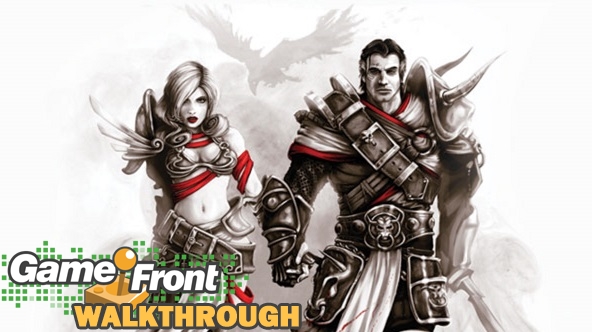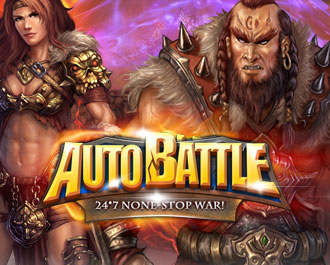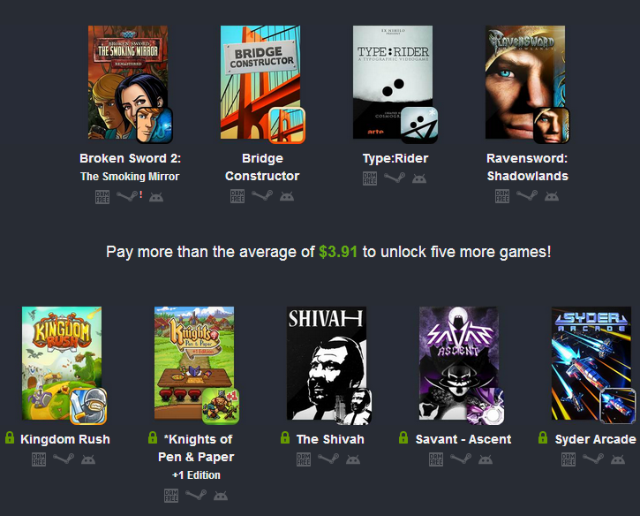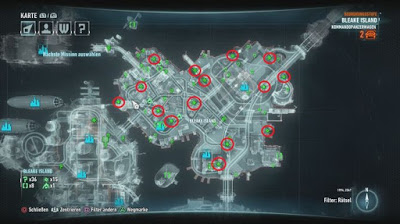

These days, it isn’t enough to be the biggest, the boldest, or even the most badass when it comes to AAA gaming: first and foremost, the game has to work to win approval. The past few weeks have shown that not only is universal acclaim hard to come by, but the more established the franchise, the more divisive changes (or a jump to next-gen) prove to be. So it’s a particularly pleasant surprise to see Dragon Age: Inquisition succeed in nearly every respect.
Boasting an open world that could only have been possible with brand new hardware (and years of work) and a story that illustrates the strengths and eccentricities BioWare has made their trademark, Inquisition is not only the most cohesive expression of the Dragon Age series to date, but without question one of the best games of this year, and one of (if not the) best open world RPGs in years.
The game and its developers didn’t come by that achievement easily, having attempted many changes with the previous game in the series that failed to go over well with critics or existing fans of the studio’s past RPG titles. Their next-gen successor seems to be a rare case where both BioWare and EA took their lumps, went back to the drawing board, and set out to address nearly every criticism directly. The result comes closer to being ‘the sequel to Dragon Age: Origins that fans dreamed of’ than even those fans dared to expect.
It isn’t just the existing fans of the series that needed to be pleased, however. The developers themselves acknowledged that the overwhelming mainstream success of The Elder Scrolls V: Skyrim didn’t just raise the bar for seamless game worlds and random encounters, but meant supporting and engaging all new types of players. It’s hard to know how well they’ve succeeded in the latter (since the mystery of Skyrim‘s success still persists), but BioWare has managed to craft a similar experience without compromising their own values or design philosophies.
Though the varied and highly-detailed game world is an accomplishment for the series (given Dragon Age II‘s segmented environment), it’s not the star of the game in the way that Skyrim was to even casual players. There are moments, to be sure – when a rocky tunnel gives way to a coastline vista, or the perpetually sunny snows of the Frostback Mountains – that will show just what’s possible on this generation of consoles; but before long, awe gives way to familiarity.
That might be a criticism for some games, but as we mentioned before, Inquisition doesn’t exist to simply stun with visuals. As the leader of the titular Inquisition, players are sent on a mission that puts every one of the game’s locations in peril. The world is still staggeringly beautiful at times, but it merely works to immerse players in the story (and experience) BioWare has crafted, not overshadow it.
Spending hours acquiring and completing quests is still possible, but even if the scripted narrative fails to grab players, the variety of gameplay and mechanics that form its overall structure serve to break up the monotony in ways that Skyrim never attempted. Spending a day in the wild might be tempting, but for the Inquisitor, there’s always a pressing matter at hand.
The most frequent change of pace comes in the game’s combat, adhering to the typical level design of the past, while adding re-spawning encounters in many of Inquisition‘s larger environments. The tactical approach to combat detailed in several gameplay walkthroughs works just as promised, letting players tackle combat up close and personal, swapping between party members, or removed, executing commands and passing time as quickly or slowly as desired. The controls fall short of elegant or intuitive, but there’s no question that fans got the added level of control they demanded (for better or worse).
We could speak for hours about the many thrills and satisfaction that comes through crafting armor and weapons, or the mix of awe, terror and humor that rose when stumbling across a dragon embroiled in battle with a giant, but it wasn’t combat, or even the Inquisitor’s mission to save Thedas from the mysterious Breach spewing forth demonic forces that BioWare had in mind when promising to give players more power than ever before.
Combat encounters might be gruelling, but it’s the decisions made in the Inqusitor’s war room, and among his top advisors that will have players setting controllers down while they weigh their options. From small to world-altering, the choices never stop coming; Templars or Mages? Diplomacy, or righteous action? The issue of whether choices ‘matter’ if they don’t greatly affect the outcome (they do) is still debated, but be warned: the buck stops with the Inquisitor, and every decision comes with consequences.
Those consequences may be limited to the relationships between the players and their followers. The writers were aiming for organic relationships, and the story and context do much to achieve them; there are no easy answers, but players will be less likely than ever to reload saves in an attempt to ‘game the system’ and avoid the disapproval of some party members.
The supporting cast is rendered with enough texture (and flaws) that even the right decision – in the player’s mind – will be questioned by a trusted follower. Whether due to the nuanced political situations at play, or the power granted to the player from nearly the outset, they too might buy into the belief that their decisions aren’t to be questioned by those serving them; and maybe – just maybe – think less of those characters who do.
That that’s even possible speaks to the efforts of the writers to humanize (for lack of a better term) nearly every character encountered. Fictional multi-faction politics aren’t the stuff of thrilling intrigue (look to Star Wars: The Old Republic for evidence), but enough faces are given to the plot to allow players a way in, assuming they’re interested. The plot won’t be flawlessly-paced for everyone, but the writers’ subtle hand pays dividends.
There are few studios as committed to representing their entire fan base as accurately as possible as BioWare, and Inquisition stands as a triumph in that regard as well. This is a game where a majority of the player’s advisors are women; where the sexuality of some – not all – is pivotal to their identity and story; and where the gender of others is left entirely ambiguous. Knowing when to comment on those decisions – and when to make no comment whatsoever – leaves soap boxes out of the equation, replacing them with compelling characters from a variety of walks of life.
With a critical path story line alone that takes up to 50 hours to complete, BioWare has gone above and beyond the demands and expectations placed upon them (while charting a course that we hope Mass Effect will also follow). We’ve yet to play through everything the game has to offer, but the level of polish and nuance in what might amount to half of the overall experience is enough to drive the point home.
After dozens of hours of Inquisition under our belt, it’s safe to say that players won’t need to explore every corner of the game to make the experience worthwhile – they’ll simply want to.
Dragon Age: Inquisition is available now for PC, PS3, PS4, Xbox 360 and Xbox One. We played the Xbox One version.
Follow Andrew on Twitter @andrew_dyce.




 Space Hulk Review: Something Of A Proto-XCOM
Space Hulk Review: Something Of A Proto-XCOM 8 Gifts for the DIY Geek in Your Life
8 Gifts for the DIY Geek in Your Life Humble Bundle PC and Android 9 Gets Even Better With 3 More Games
Humble Bundle PC and Android 9 Gets Even Better With 3 More Games Five Games No One Wants To See at Bethesda’s E3 2015 Conference
Five Games No One Wants To See at Bethesda’s E3 2015 Conference Batman Arkham Knight All breakable objects and locations
Batman Arkham Knight All breakable objects and locations